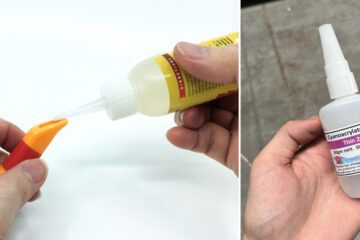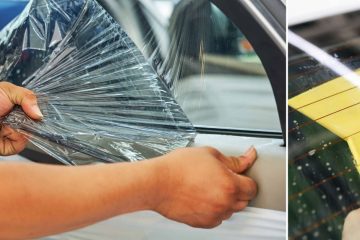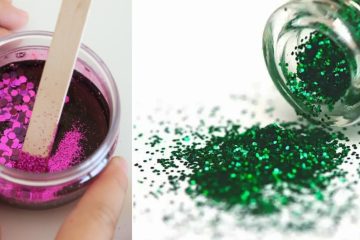Ever found yourself staring at a stubborn patch of carpet glue on your beautiful tile floor? You’re not alone. Removing carpet adhesive can feel like trying to peel off a particularly clingy barnacle from a ship’s hull. But fear not! We’re about to dive into the nitty-gritty of how to remove carpet glue from tile and back to its life.
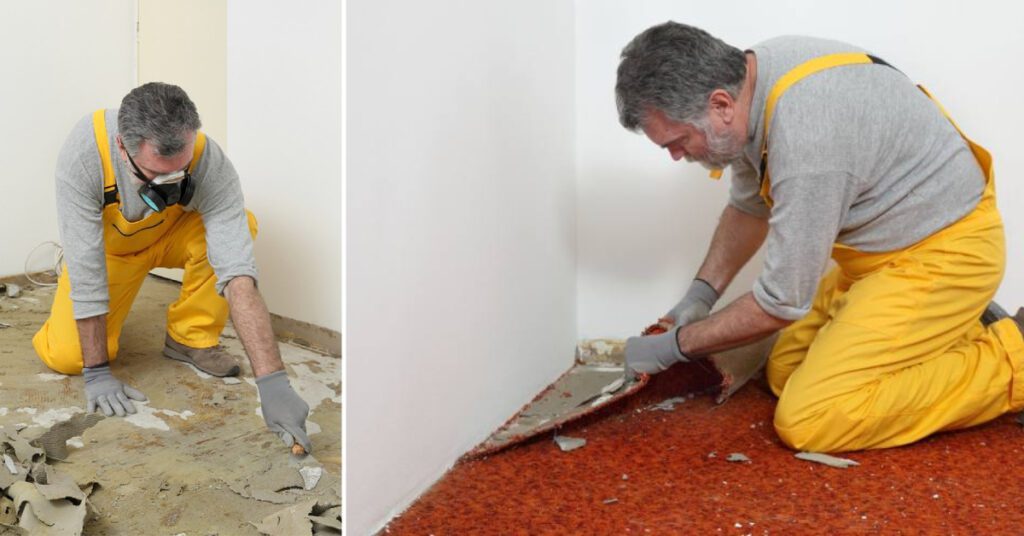
Key Takeaways:
- Identify adhesive type before removal
- Use proper safety gear and ventilation
- Soften glue with heat or water methods
- Scrape at a 45-degree angle to protect tiles
- Clean thoroughly after removal
- Consider eco-friendly options
Understanding Carpet Adhesives: Know Your Enemy
Before we roll up our sleeves, let’s get to know what we’re up against. Carpet adhesives come in three main flavors:
- Water-based: The friendly neighbor of adhesives
- Solvent-based: The tough guy on the block
- Pressure-sensitive: The clingy ex who won’t let go
Each type interacts differently with tile surfaces, so identifying what you’re dealing with is key. Think of it as reconnaissance before the big battle.
6 Faithful Steps for How to Remove Carpet Glue From Tile
Here are 6 steps for how to remove carpet glue from tile:
1. Safety First: Gear Up!
Now, let’s talk safety. This isn’t just a suggestion – it’s as crucial as wearing a helmet when you’re about to headbutt a wall (which, by the way, we don’t recommend).
- Gloves: Because your hands deserve better than a sticky mess
- Safety goggles: Your eyes will thank you
- Respirator mask: Breathe easy, my friend
- Proper ventilation: Open those windows like you’re airing out last night’s burnt dinner smell
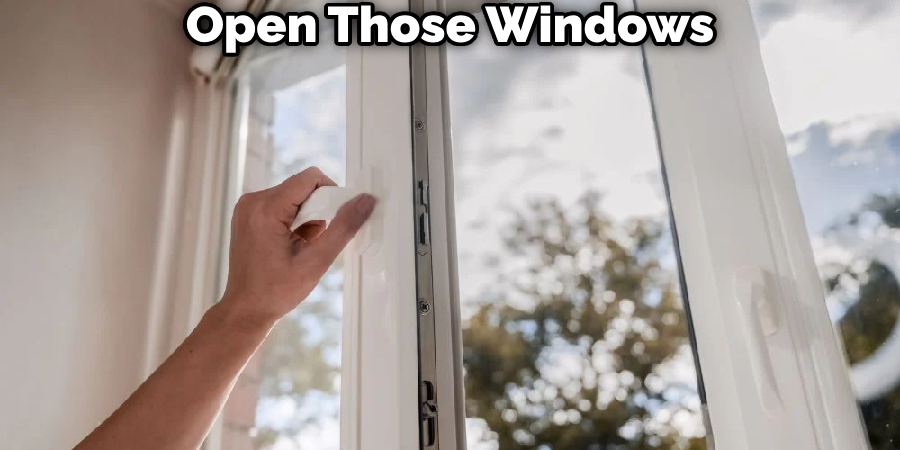
And here’s a pro tip: If your carpet’s older than your favorite vintage wine (we’re talking pre-1980s), get it tested for asbestos. Better safe than sorry!
2. Tools of the Trade: Assemble Your Arsenal
Time to gear up! Here’s what you’ll need:
- Floor scraper or putty knife: Your trusty sword in this battle
- Heat gun or iron: For when things need to get hot
- Adhesive remover: The secret weapon against stubborn glue
- Bucket of hot water and dish soap: The dynamic duo of cleaning
- Stiff-bristled brush: For showing that glue who’s boss
Optional reinforcements for larger areas:
- Floor buffer: The tank of your operation
- Commercial steam cleaner: When you need to bring out the big guns
3. Pre-Removal Assessment: Know the Battlefield
Take a good look at your floor. Is the adhesive spread out like an invading army or just a few scouts here and there? Spot the problem areas – those corners and grout lines can be tricky for customers.

4. Softening the Adhesive: Time to Weaken the Enemy
Now for the fun part! Let’s soften up that glue:
- Hot water method: Pour boiling water over small areas. Let it sit for a few minutes. Watch that glue lose its will to stick around.
- Heat gun technique: Wave that heat gun like a magic wand. But don’t get too trigger-happy – you’re softening glue, not making tile soup.
- Iron and damp cloth approach: For those who like their glue removal with a side of laundry. Place a damp cloth over the glue and iron away!
5. The Main Event: Removing the Adhesive
- It’s showtime! Grab your scraper and channel your inner Karate Kid. Wax on, wax off, but with more scraping and less waxing.
- Work at a 45-degree angle to avoid damaging the tile
- For stubborn spots, apply an adhesive remover. Let it sit and work its magic for about 15 minutes
- Tackle grout lines with a smaller tool – precision is key here
6. Clean-Up and Restoration: The Grand Finale
You’re in the home stretch! Mix hot water with dish soap or a citrus-based degreaser. Scrub like you’re trying to uncover a hidden treasure map. Rinse thoroughly and admire your handiwork.
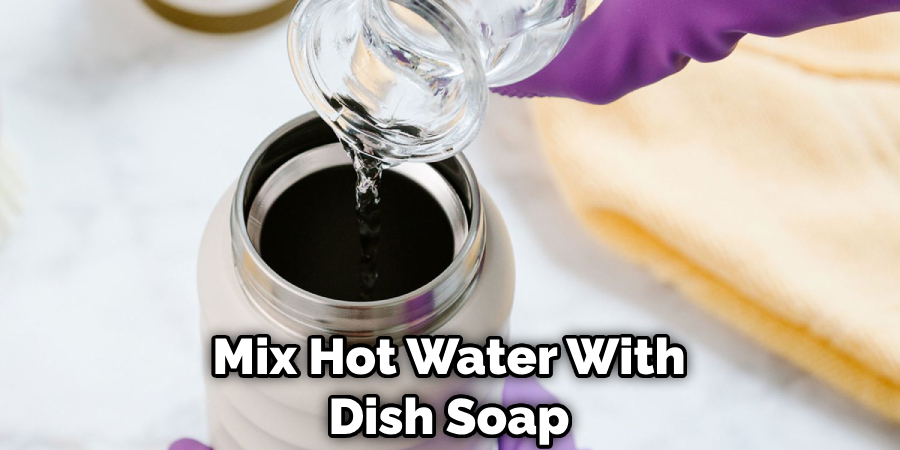
Troubleshooting Common Issues: When the Going Gets Tough
Stuck with super stubborn adhesive? Try this:
- Apply a commercial adhesive remover
- Let it sit longer than you think necessary (patience is a virtue)
- Consider renting a professional-grade floor stripper for large areas
Eco-Friendly Options: Green Cleaning Power
For our environmentally conscious friends:
- Vinegar and water solution: Nature’s glue remover
- Baking soda and coconut oil paste: Like a spa treatment for your tiles
- Citrus-based degreasers: Harness the power of lemons (without the sour face)
Case Study: The Great Office Renovation of 2023
Picture this: A 5000 sq. ft. commercial space, wall-to-wall carpet glue, and a weekend deadline. Sounds like a nightmare, right? Our hero, armed with a floor buffer, commercial adhesive remover, and enough coffee to fuel a small army, tackled the job. The result? Gleaming tiles and a very impressed client. The moral of the story? With the right tools and techniques, even the biggest jobs are doable.
3 Expert Tips and Tricks: Secrets of the Trade
- Work in small sections to avoid the glue re-hardening
- Use ice to harden small globs of adhesive for easier scraping
- For wooden subfloors, be extra gentle – they’re sensitive souls
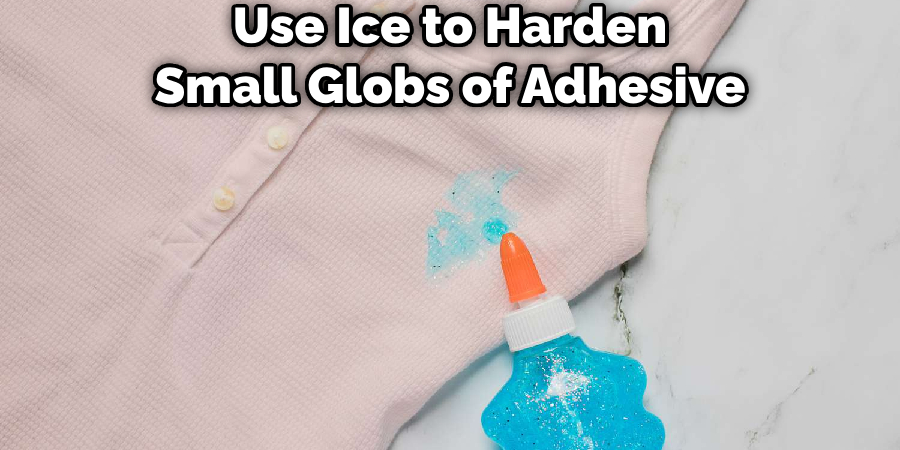
FAQs About How to Remove Carpet Glue From Tile
How Long Does It Take to Remove Carpet Glue From a Small Area?
For a small area, expect to spend 1-2 hours. Rome wasn’t de-glued in a day!
Can I Use a Regular Iron to Soften the Adhesive?
Absolutely! Just use a damp cloth between the iron and the glue. We’re removing the adhesive and not making the tile paninis.
Is It Safe to Use Boiling Water on All Types of Tiles?
While it’s generally safe, always test a small, inconspicuous area first. Some natural stones might not appreciate the hot water spa treatment.
Conclusion
In conclusion, removing carpet glue from tile isn’t for the faint of heart, but armed with this guide, you’re ready to take on the challenge. Remember, patience is key, and there’s no shame in calling in the pros if things get too sticky. Now go forth and conquer that glue!
